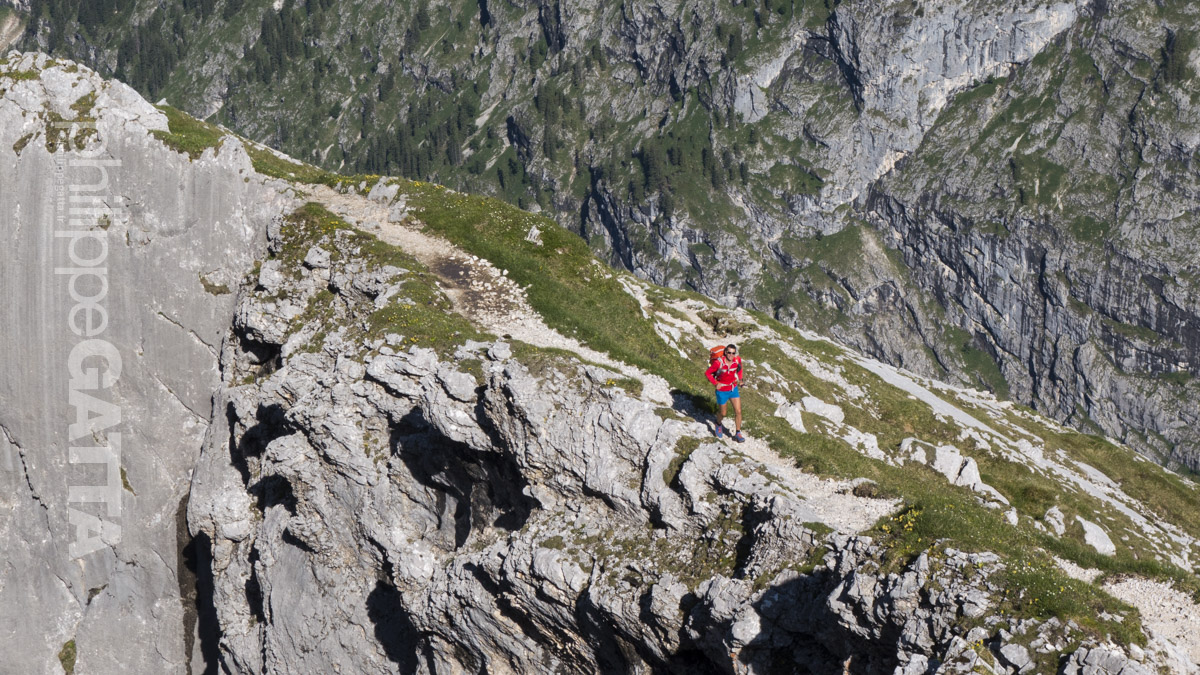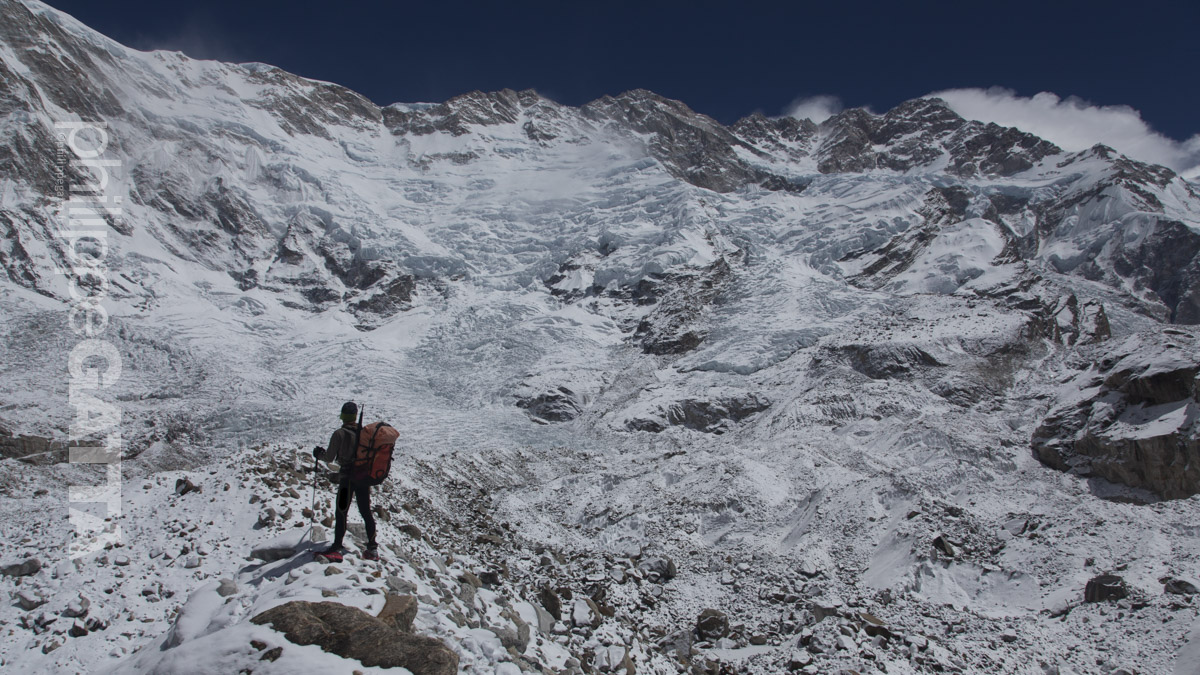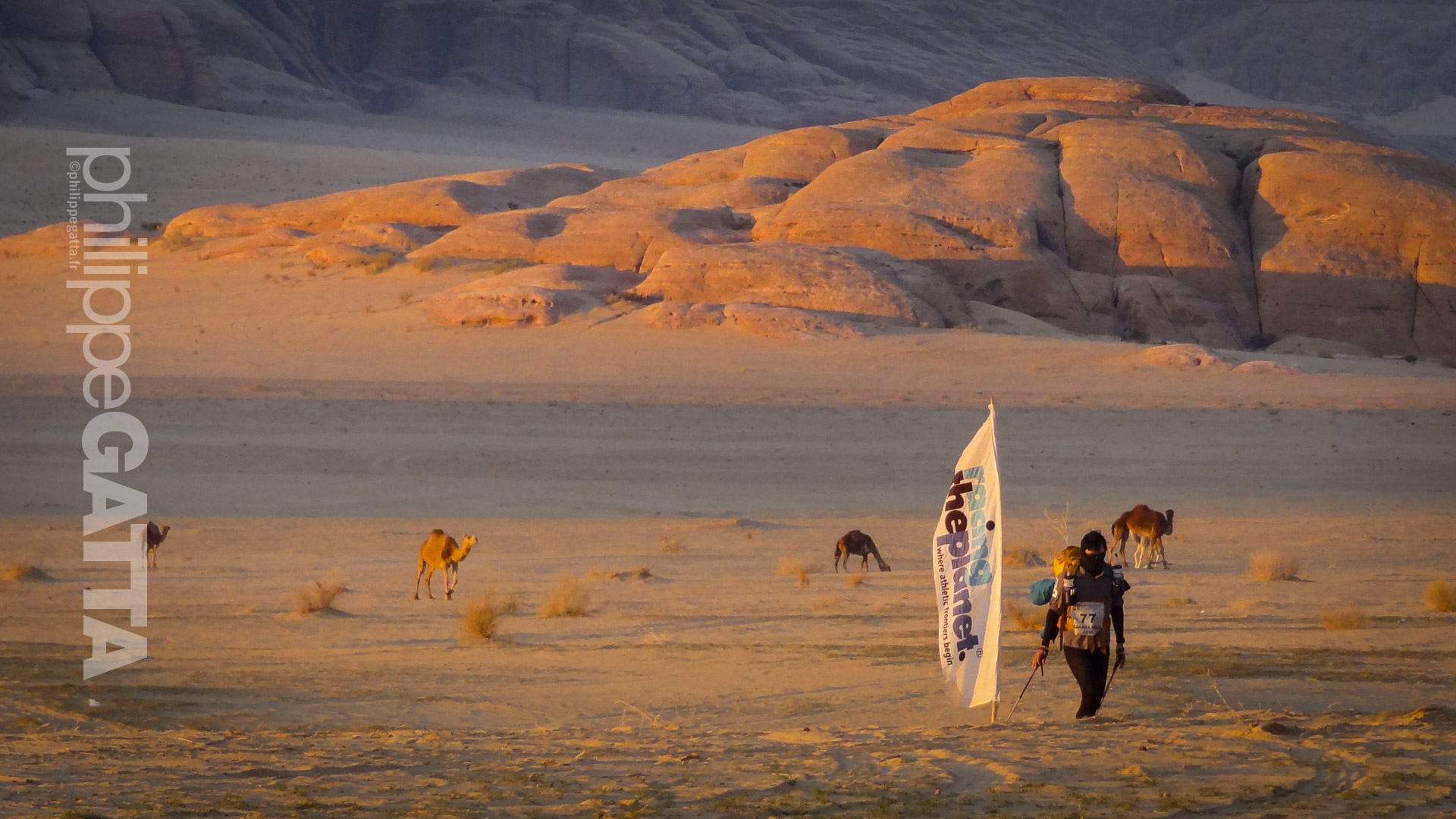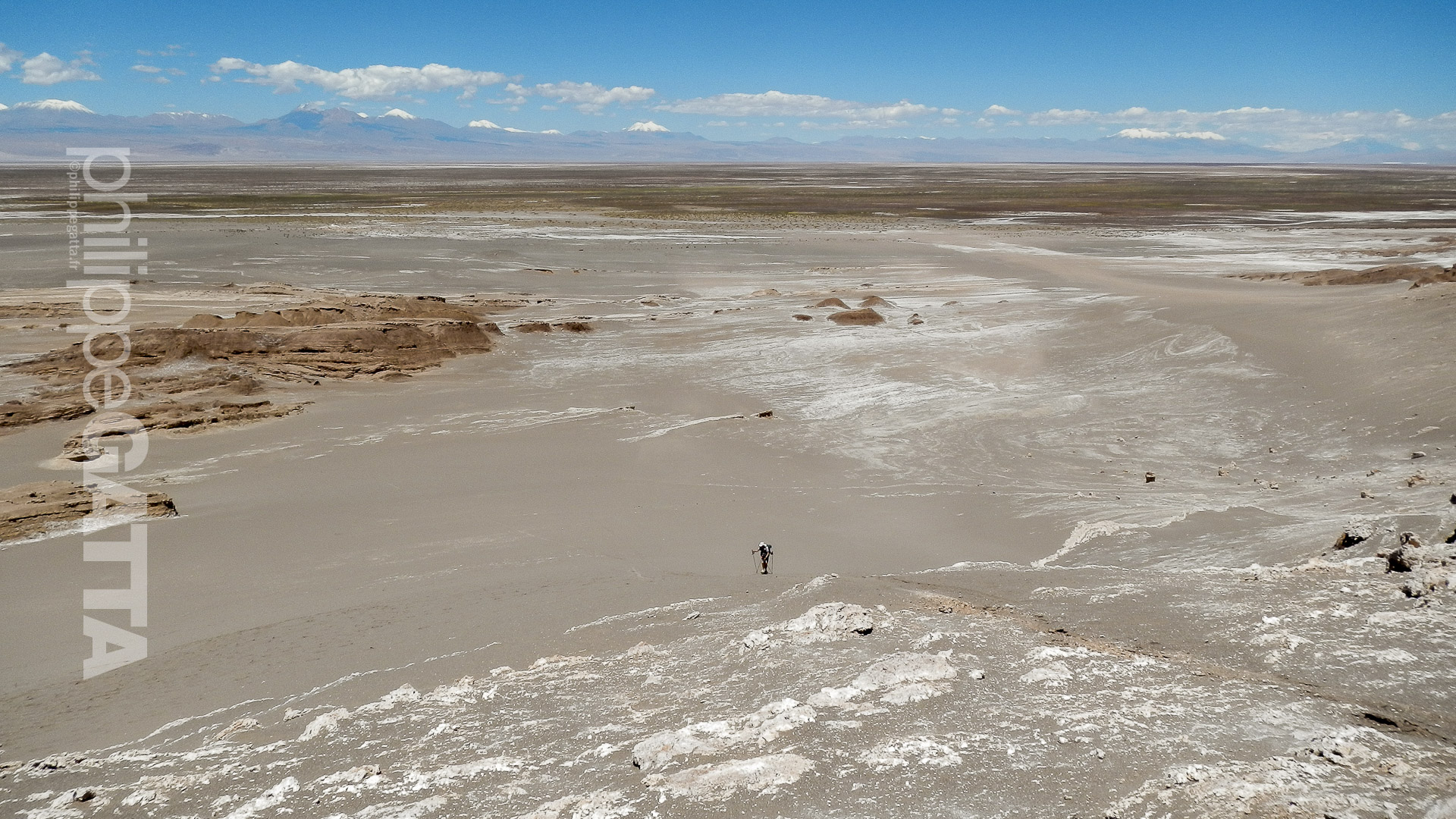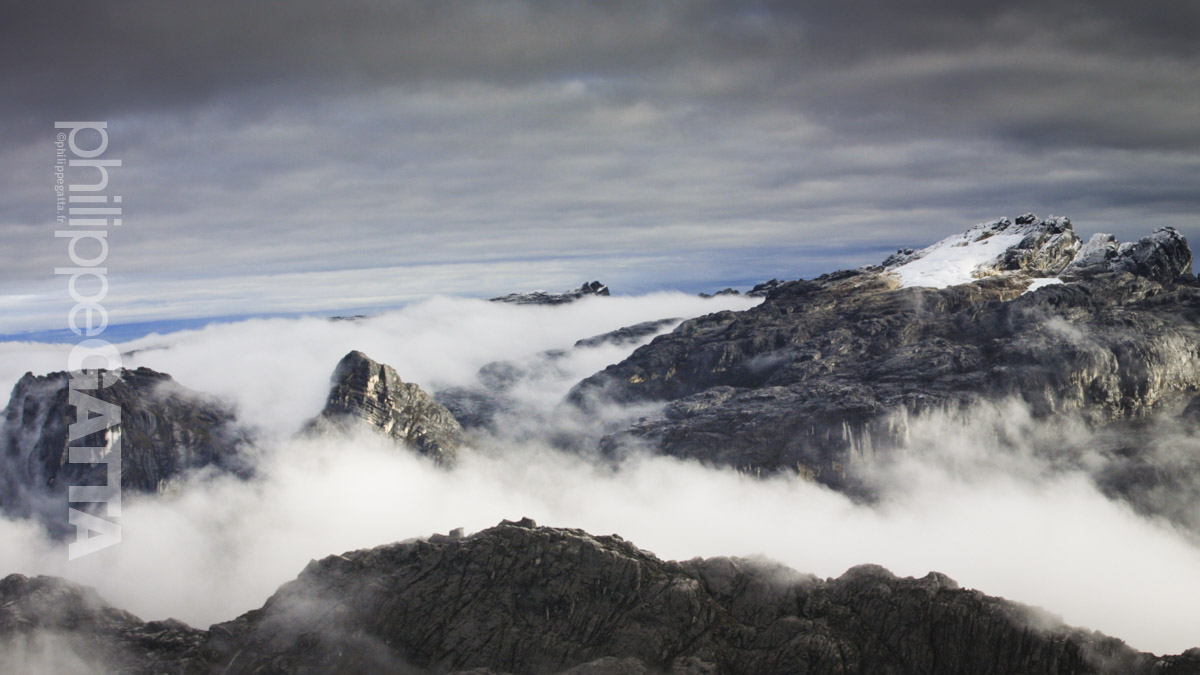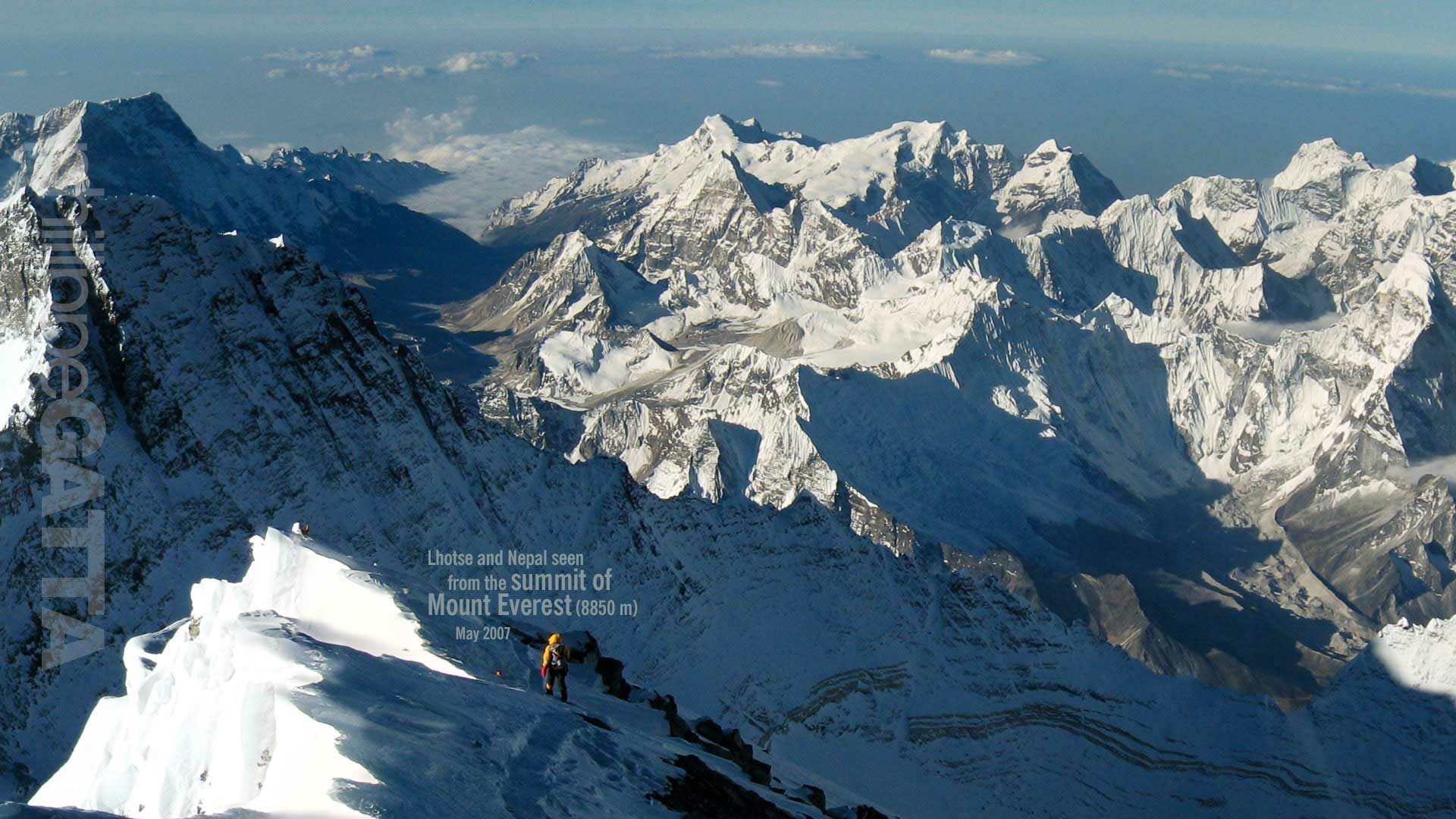Kungsleden and Kebnekaise
trail running in Sweden
The Kungsleden is a 440 km long trail stretching from Hemavan in the south to Abisko in the north, 250 km above the arctic circle in an area called Lapland. The most popular part is between Nikkaluokta and Abisko passing by the highest mountain in Sweden: Kebnekaise, 2,106 m.
The 110 km long trail presents expansive landscape of tundra, birch forests, lakes, strong rivers, glaciers and the high mountains. You will have many occasions to see herds of reindeer and waterfalls, all accompanied by dramatic skies and arctic wind gusts of 70km/hour.

130 km along the Kungsleden Trail
We started the Kungsleden trail in Nikkaluokta after having taken a plane between Stockholm and Kiruna and there after a bus to Nikkaluokta. We ran the trail in 4 stages adding an ascent of the highest mountain in Sweden on the second day before running to Salka.
The stages:
- Nikkaluokta – Kebnekaise mountain lodge: 19km, +300m / -130m
- Kebnekaise mountain lodge – Kebnekaise summit – Kebnekaise mountain lodge: 20 km, +2000m / -2000m
- Kebnekaise mountain lodge – Salka mountain hut: 27.5km, +530 / -390m
- Salka mountain hut – Alesjaure mountain hut: 26km, +615m / -660m
- Alesjaure mountain hut – Abisko: 34km, +185m / -620m
August 14: Nikkaluokta - Kebnekaise mountain lodge: 19km, +300m / -130m
We started the Kungsleden at Nikkaluokta running through mountain birch forests and after 6 km we arrived to the big lake where you can, if you fancy, take the boat to avoid 7 km of trail. This is also where you can buy a reindeer burger in a small hut called LapDånalds!
After running on wooden planks for a while to avoid the wet terrain, the trail starts to become rocky and we saw views of the famous summit Tuolpagorni with its snow-filled bowl. Before arriving to the Kebnekaise Fjallstation we passed many rivers and saw two reindeers.
The Kebnekaise mountain lodge is a big tourist resort with a nice restaurant, though they serve too chic food in too small portions instead of the pasta sportive people need, hot shower, sauna and sport shop. We slept in bunker beds like in any other lodge. Negative aspect is the noisy helicopters that keeps on bringing tourists up and down the valley to Nikkaluokta. Well, beautiful areas bring all kinds of people and we were soon to go farther into the wilderness. We rented crampons so that we could climb Kebnekaise the following day (in our Berghaus Limpet trail shoes!).
August 15: The Kebnekaise climb: 20 km, +2000m / -2000m
The Kebnekaise is the highest mountain in Sweden – 2,106 m. The West Route is the easiest but longest way up. Since we just had our trail shoes with rented crampons the West Route was our choice. Kebnekaise West Route is a trekking peak and took us up through multiple rivers and scree slopes.
We had to climb the summit Vierramvare just to go downhill again before climbing the last scree slope to reach the coffee huts at around 1,900 m. We had a horrible wind above the huts with almost no visibility and we didn’t see the steep glacier summit before almost 10 m in front of it! We put on the crampons to avoid sliding on the glacier and in 4 minutes we stood on the summit – seeing absolutely nothing – fighting the wind gusts threatening to blow us to the ground. We headed down directly to the small hut eating before continuing. No view, too strong wind to take pleasure, but had to do the summit since Anna is Swedish!
August 16: Kebnekaise mountain lodge - Salka mountain hut: 27.5 km, +530 m / -390m
As soon as we left the Kebnekaise area we felt the grandeur of the nature. It is vast, impressive and we could drink directly from the rivers. This is one of the most beautiful parts of the trail and after 9 km we started to see the open valley where the Singi huts are located. We passed lakes and had views of Ladtjovagge and Tjäktjavagge in a dramatic sky setting. After a short stretching in Singi we continued towards Salka huts. This is where we merged with the South part of the Kungsleden. The trail is easy and despite the cloudy weather we got some fantastic views of the Foehn effects in the sky next to the Kebnekaise summit. We followed the expansive valley towards the Salka huts accompanied with a strong wind.
August 17: Salka mountain hut - Alesjaure mountain hut: 26km, +615m / -660m
We started early since the mornings normally had some sun. We immediately got sight of 10 magnificent reindeers that posed gladly for us. Most of the trail towards the Tjaktja Pass, 1,140 m, was on wooden planks and when we approached the climb up to the pass the wind started to be really strong. Thanks to the strong, arctic wind the sky had fantastic cloud formations, but behind the pass we had difficulties standing up! We continuously were thrown to the sides on the rocky, black moonscape trail and had to be very focused while running. At least we had the wind in our backs and sometimes it was even fun! We passed the Tjaktja hut and for a while we had less wind and even some sun. For a long while we were running on grassy, nice trails along a river, but soon again the wind started and the whole descent towards the Alesjaure huts was insane… Many times we ran on wooden planks and where thrown off all the time. We started to loose our calm, but the sight of the most beautifully placed huts made it worthwhile. We arrived to Alesjaure huts just before the sky got all black and menacing. But once again we had a full day without rain. In Lapland that is pretty cool!
August 18: Alesjaure mountain hut - Abisko: 34km, +185m / -620m
Once again we started early running along the west side of the Alesjaure Lake. We got company of a herd of reindeers and we stopped for a while to enjoy the calm moment. But this day of 34 km was the day we ran the most and we kept a good pace running on the lake side next to sand beaches and later on the slant of the Kartinvare mountain. After a while we saw the Abiskosjaure Lake from the height and entered the birch forest by the Abiskojaure huts. From here we had 9 km to run before reaching Abisko by the huge lake Torneträsk. Well in the Abisko we had the big hot meal we deserved and Philippe, instead of resting the two days in Abisko, ran 20 km per day along Torneträsk! In total we had five days non-stop (or seven for Philippe) without rain.
